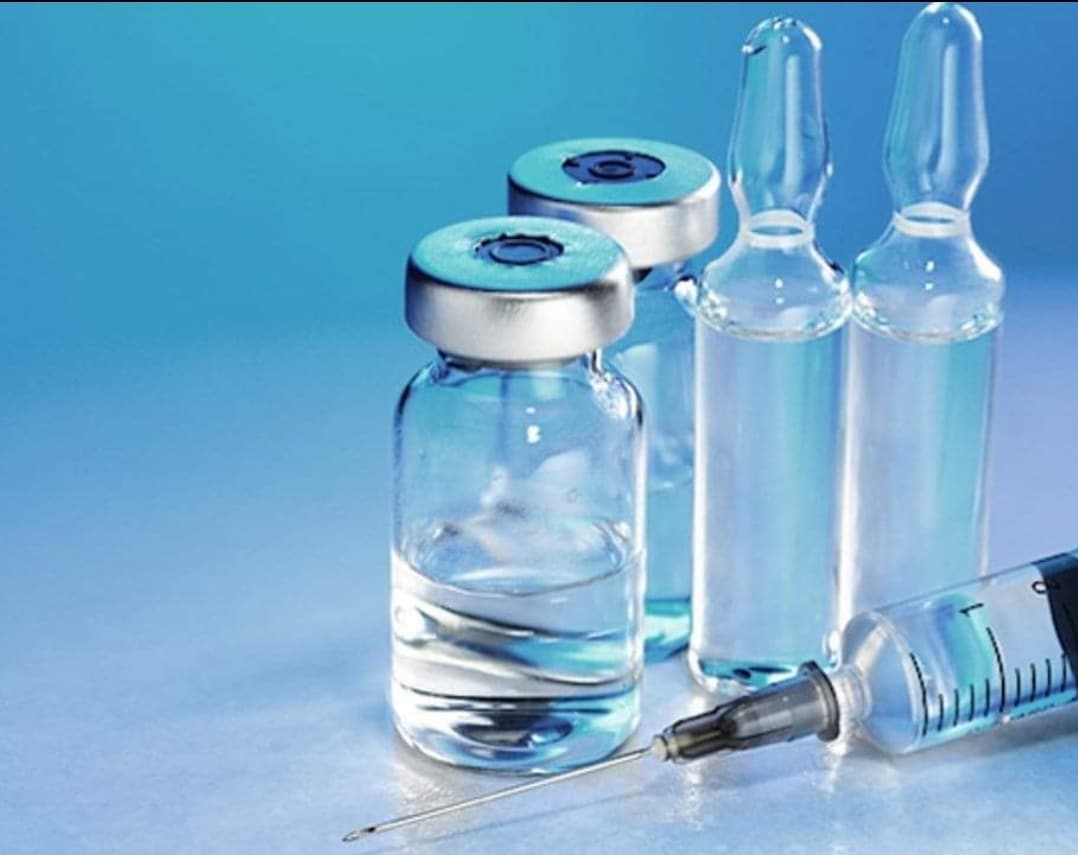USP Microbial Limit Testing of Parenterals
In the pharmaceutical sector, ensuring the safety and quality of injectable and parenteral products is paramount. Among the critical tests performed, USP Microbial Limit Testing (MLT) is essential to guarantee that these formulations are free from undesirable microorganisms that could harm patients.
The United States Pharmacopeia (USP), along with other recognized standards like European Pharmacopoeia (Ph.Eur.), British Pharmacopoeia (BP), and Japanese Pharmacopoeia (JP), provides stringent guidelines for the testing of parenteral products. These standards are designed to ensure that pharmaceuticals meet high quality and safety benchmarks.
Microbial Limit Testing involves quantifying or identifying microorganisms in a sample, with the aim of ensuring that the product does not exceed the maximum allowable limits set by regulatory bodies. For injectables such as intravenous fluids, injections, and infusions, this test is crucial to prevent contamination which could lead to serious health risks.
The testing process typically begins with the collection of samples from various stages of production. These samples are then subjected to a series of steps designed to isolate microorganisms for analysis. The method involves diluting the sample and inoculating it into suitable media, followed by incubation under specific conditions that promote microbial growth.
Following incubation, colonies or growth patterns are visually inspected and quantified using colony-forming units (CFUs). The results of these tests help determine whether the product adheres to the specified limits set forth in USP guidelines. Compliance with these standards is mandatory for companies seeking regulatory approval.
In addition to CFU counts, some advanced laboratories also perform identification and enumeration using modern techniques like MALDI-TOF MS (Matrix-Assisted Laser Desorption/Ionization Time-of-Flight Mass Spectrometry) or other molecular methods. These approaches provide detailed species-level information which can be crucial for understanding the nature of contamination.
The importance of USP MLT cannot be overstated, as it plays a vital role in safeguarding public health by ensuring that pharmaceutical products are safe and reliable. Compliance with these tests is not just about meeting regulatory requirements but also about enhancing patient trust and safety.
Scope and Methodology
| Step | Description |
|---|---|
| Sample Collection | Sampling is conducted from various stages of production to ensure comprehensive coverage. |
| Dilution | The collected sample undergoes dilution in a suitable buffer solution. |
| Inoculation | Colony-forming units are inoculated into appropriate media for growth. |
| Incubation | The inoculated samples are incubated under controlled conditions to promote microbial activity. |
| Colonies Counting | CFUs are counted and used to calculate the microbial load in the sample. |
Customer Impact and Satisfaction
- Ensures compliance with USP standards, which is a key requirement for FDA approval.
- Aids in maintaining the integrity of injectable products throughout their lifecycle.
- Reduces the risk of contamination leading to product recalls and liability issues.
- Improves reputation among healthcare providers who rely on safe, reliable pharmaceuticals.
International Acceptance and Recognition
USP Microbial Limit Testing is widely recognized and accepted by regulatory authorities worldwide. It aligns with international standards such as the European Pharmacopoeia (Ph.Eur.), British Pharmacopoeia (BP), and Japanese Pharmacopoeia (JP). Compliance with these tests not only ensures that your products meet global quality benchmarks but also facilitates easier market access in different countries.
By adhering to USP guidelines, pharmaceutical manufacturers can demonstrate their commitment to patient safety and regulatory compliance. This is particularly important for companies operating globally or seeking international recognition of their products.





